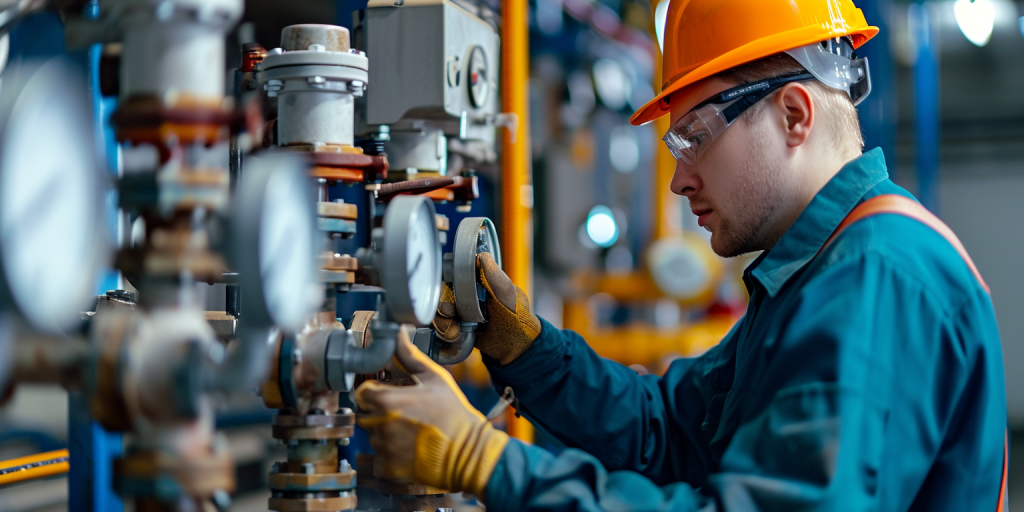
Flowmeters are indispensable instruments across industry, measuring the flow of liquids, gases, or slurries in pipelines and conduits. Their role is central to process control, quality assurance, and resource management. As technology has advanced, a range of flowmeter types has been developed—each with unique measurement principles, strengths, and target applications. This overview examines the key technologies and their applications in real-world industrial settings.
Differential Pressure (DP) Flowmeters
These flowmeters use a pressure drop created by a constriction to gauge flow rate. Highly versatile, DP meters handle gases, liquids, and steam, and are widely used in wastewater treatment, chemical production, and energy plants.
Ultrasonic Flowmeters
Ultrasonic meters measure flow using sound waves, either by tracking the travel time or the Doppler effect. Their non-intrusive design makes them optimal for hygienic applications in pharmaceuticals, food processing, or whenever it’s critical not to disturb the fluid.
Magnetic Flowmeters
Magmeters detect flow by monitoring changes in an induced electromagnetic field as conductive liquids pass through. Corrosion-resistant, they excel in water, wastewater, and corrosive chemical applications.
Coriolis Mass Flowmeters
These devices directly measure mass flow by tracking the twisting of vibrating tubes, which is caused by fluid movement. Coriolis meters are valued for their accuracy, especially in the chemical, pharmaceutical, and food industries that need precise mass balance.
Vortex Shedding Flowmeters
Vortex meters sense flow by counting vortices produced behind an obstruction in the fluid path. Suitable for gases, steam, and liquids, they are widely used in HVAC, process energy, and the oil and gas industry.
Turbine Flowmeters
Turbine meters measure flow by rotating a turbine blade within the fluid stream. Popular for custody transfer in the oil and gas industry and fuel monitoring in aviation, they deliver reliable performance across a wide range of flow rates.
Positive Displacement Flowmeters
These meters measure flow by capturing fixed volumes of fluid, making them highly accurate for viscous fluids and at low flows. Common in lubricating oil, chemical dosing, and pharmaceutical processes.
Ultrasonic Doppler Flowmeters
Using the Doppler shift of sound waves bounced off particles or bubbles, Doppler meters are effective in settings like wastewater treatment or pulp and paper, where fluids contain suspended solids.
Rotameters (Variable-Area Flowmeters)
Rotameters check flow by gauging the position of a float within a tapered tube. Simple and cost-effective, they’re staples in laboratory and pilot plant setups.
Thermal Mass Flowmeters
Thermal mass meters measure gas flow by calculating the transfer of heat from a heated sensor to the fluid. Used in environmental monitoring, semiconductor manufacturing, and any application focused on accurate gas flow data.
Conclusion
Navigating the range of flowmeter technologies is vital for selecting the right tool for each process. Each type offers distinct advantages and limits—it’s crucial to weigh fluid properties, required accuracy, and environmental challenges when making a choice. Flowmeter designs continue to evolve, delivering enhanced accuracy, reliability, and flexibility to meet the expanding needs of the industrial sector.
